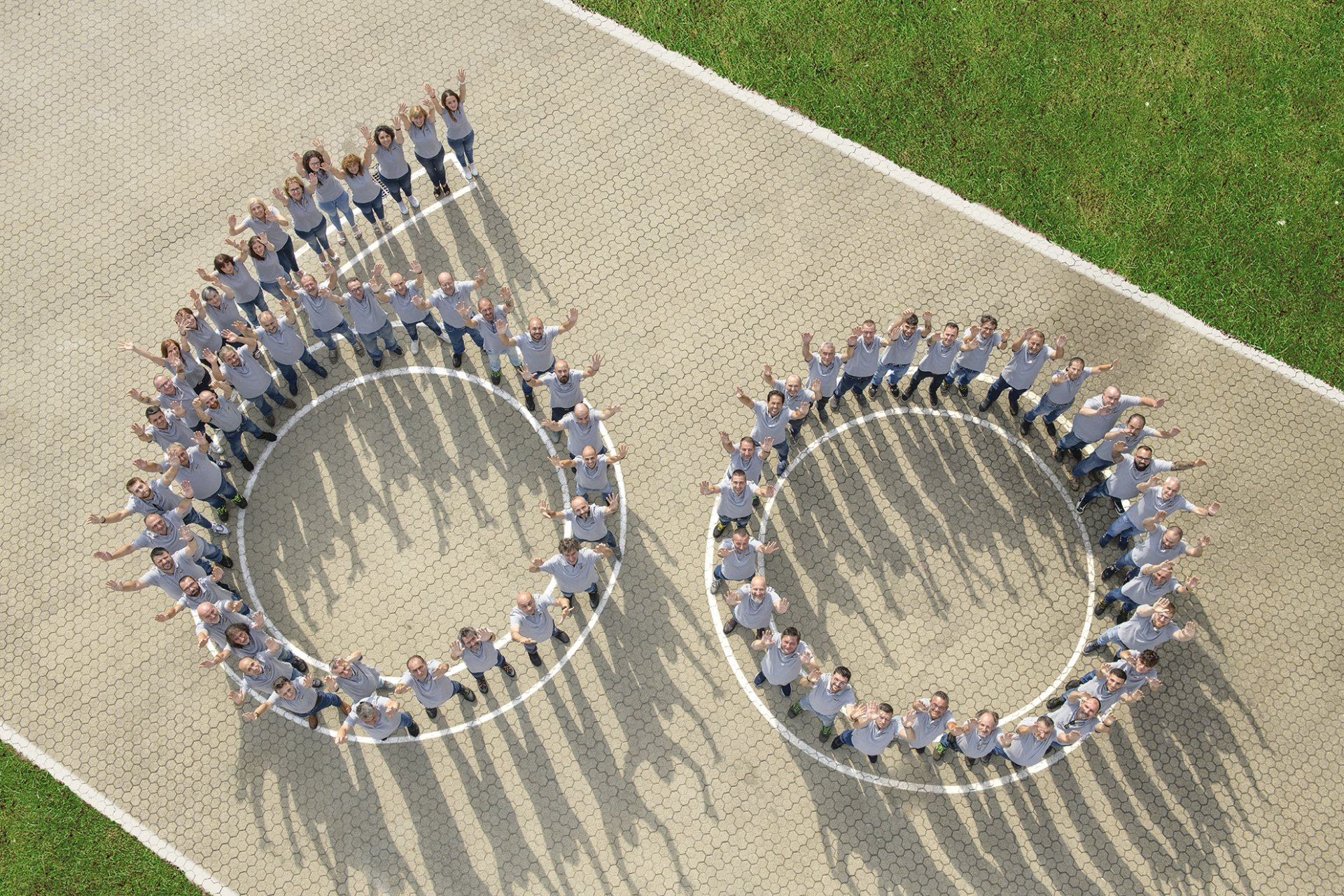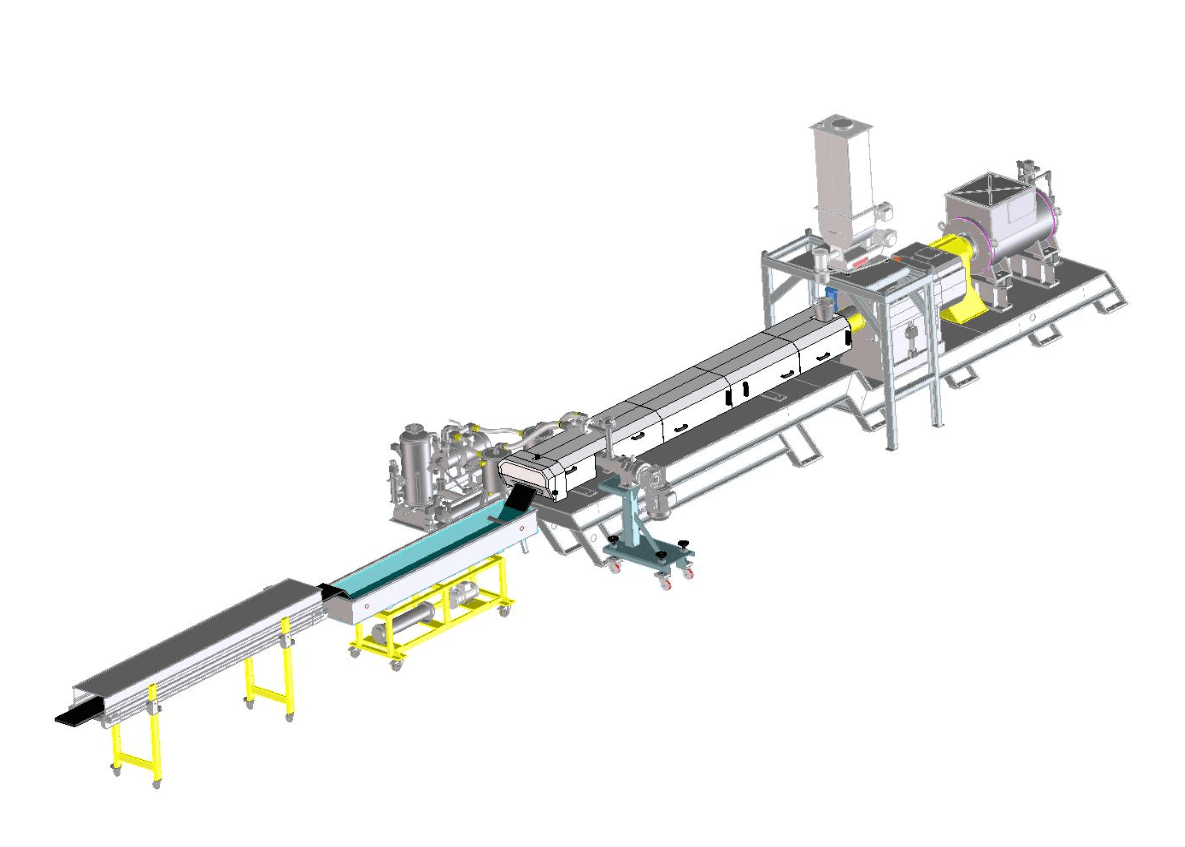(a) Department of Chemistry and NIS - INSTM, University of Turin, Via
Pietro Giuria 7, 10125, Torino, Italy
(b) F.lli Maris S.P.A.,
Corso Moncenisio 22, 10090, Rosta, TO, Italy
Under
the umbrella of the transition toward a circular economy, the evaluation of the
environmental sustainability of processes aiming to the recycling of materials
is essential. Rubbers, like ethylene-propylene diene monomer (EPDM), represent
a class of materials that have become an environmental, social and economic
issue, so the evaluation of the end-of-life management of these materials is of
primary relevance. This study investigates the environmental burdens associated
with a thermo-mechanical devulcanization process for recycling of EPDM wastes
by co-rotating twin-screw extruders. The Life Cycle Assessment methodology was
used to carry out the analysis and eight environmental impact categories have
been evaluated: Climate change, Ozone depletion, Photochemical ozone formation,
Acidification, Eutrophication (freshwater), Ecotoxicity (freshwater), Resource
use (fossils) and Resource use (minerals and metals). In the first step, the
analysis focused on the identification and quantification of main environmental
hotspots of the process. Then, the study was extended by including two
comparative analyses, to better understand the magnitude of the environmental
burdens generated by the devulcanization process. The results of the hotspots
analysis showed that the main contribution to the environmental impacts of the
devulcanization process is due to energy consumption. However, the comparison
underlines how the devulcanization process for recycling of EPDM waste allows
to reduce the environmental burden associated with the life cycle of rubber
products.
https://www.sciencedirect.com/science/article/abs/pii/S0959652622009775













